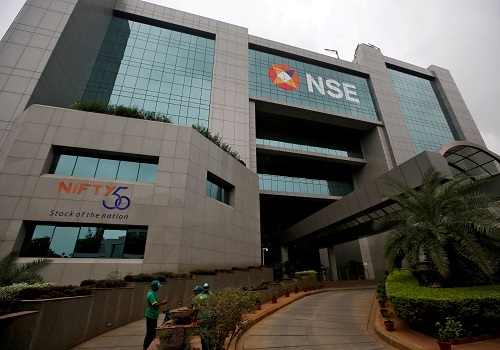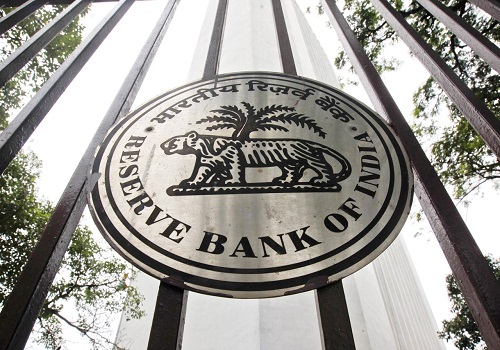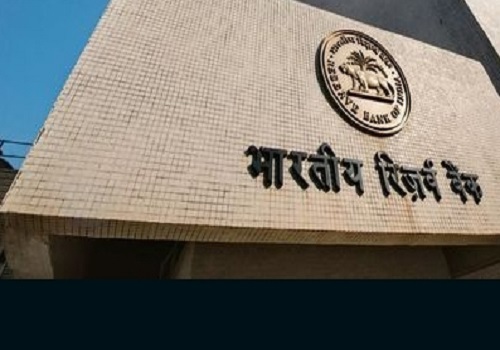RBI puts in quantitative easing plan to stabilise bond yield curve

Follow us Now on Telegram ! Get daily 10 - 12 important updates on Business, Finance and Investment. Join our Telegram Channel
In order to ensure stable and orderly evolution of the yield curve amidst comfortable liquidity conditions, the Reserve Bank of India on Wednesday decided to put in place a quantitative easing program, pledging to buy up to Rs 1 lakh crore of bonds in April-June quarter to keep borrowing costs low and support the economy's recovery.
The debt purchases in the secondary market will start from April 15, with RBI purchasing an aggregate amount of Rs 25,000 crore under the secondary market G-sec acquisition programme or G-SAP 1.0
Under the programme, the RBI will commit upfront to a specific amount of open market purchases of government securities. The aim is to ensure a stable and orderly evolution of the yield curve. The 10 year benchmark bond yields have risen over 6 per cent raising borrowing cost across the sectors.
Bonds rallied, with the 10-year bond yield dropping 11 basis points from an intraday high of 6.19 per cent to 6.08 per cent, after Das's speech.
"The endeavour will be to ensure congenial financial conditions for the recovery to gain traction... The positive externalities of G-SAP 1.0 operations need to be seen in the context of those segments of the financial markets that rely on the G-sec yield curve as a pricing benchmark," RBI Governor Shaktikanta Das said in an virtual address after the Monetary Policy Committee's bi-monthly meet.
"In addition, the extension of Held-to-Maturity (HTM) dispensation opens up space for investments of more than Rs 4.0 lakh crore. We will also continue to deploy our regular operations under the LAF, longer-term repo/reverse repo auctions, forex operations and open market operations including special OMOs to ensure liquidity conditions evolve in consonance with the stance of monetary policy and financial conditions are supportive for all stakeholders," he said.
Das said that apex bank's liquidity management strategy for 2021-22 is only to ensure orderly evolution of the yield curve, governed by fundamentals as distinct from any specific level thereof.
"Our objective is to eschew volatility in the G-sec market in view of its central role in the pricing of other financial market instruments across the term structure and issuers, both in the public and private sectors. This is a necessary prerequisite for the nascent and hesitant recovery to firm up and become durable. Needless to add, two-way movements in bond yields consistent with the fundamentals are quite normal from a market perspective; however, such movements should not be abrupt and disruptive if financial stability has to be preserved," he said.
While the RBI has been purchasing government securities in the secondary market, it's the first time it has provided details of the bond-buying program. Das had earlier said the bank bought Rs 3 lakh crore worth of bonds in the previous fiscal year to March 31, and planned similar or more purchases this year.
























